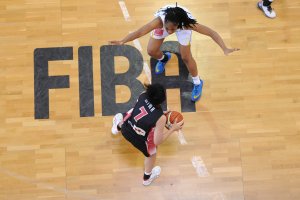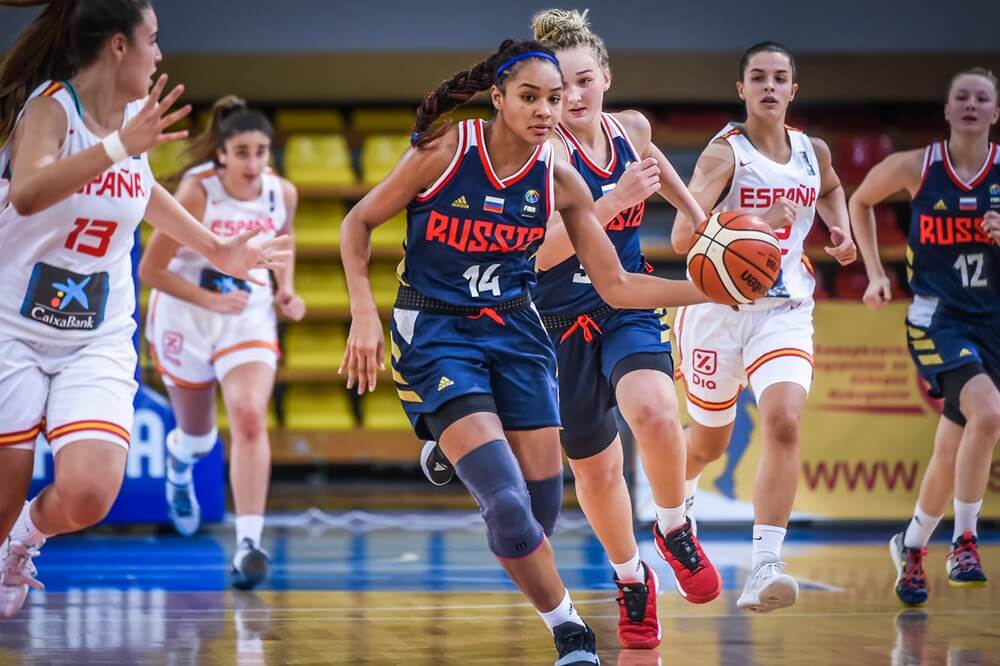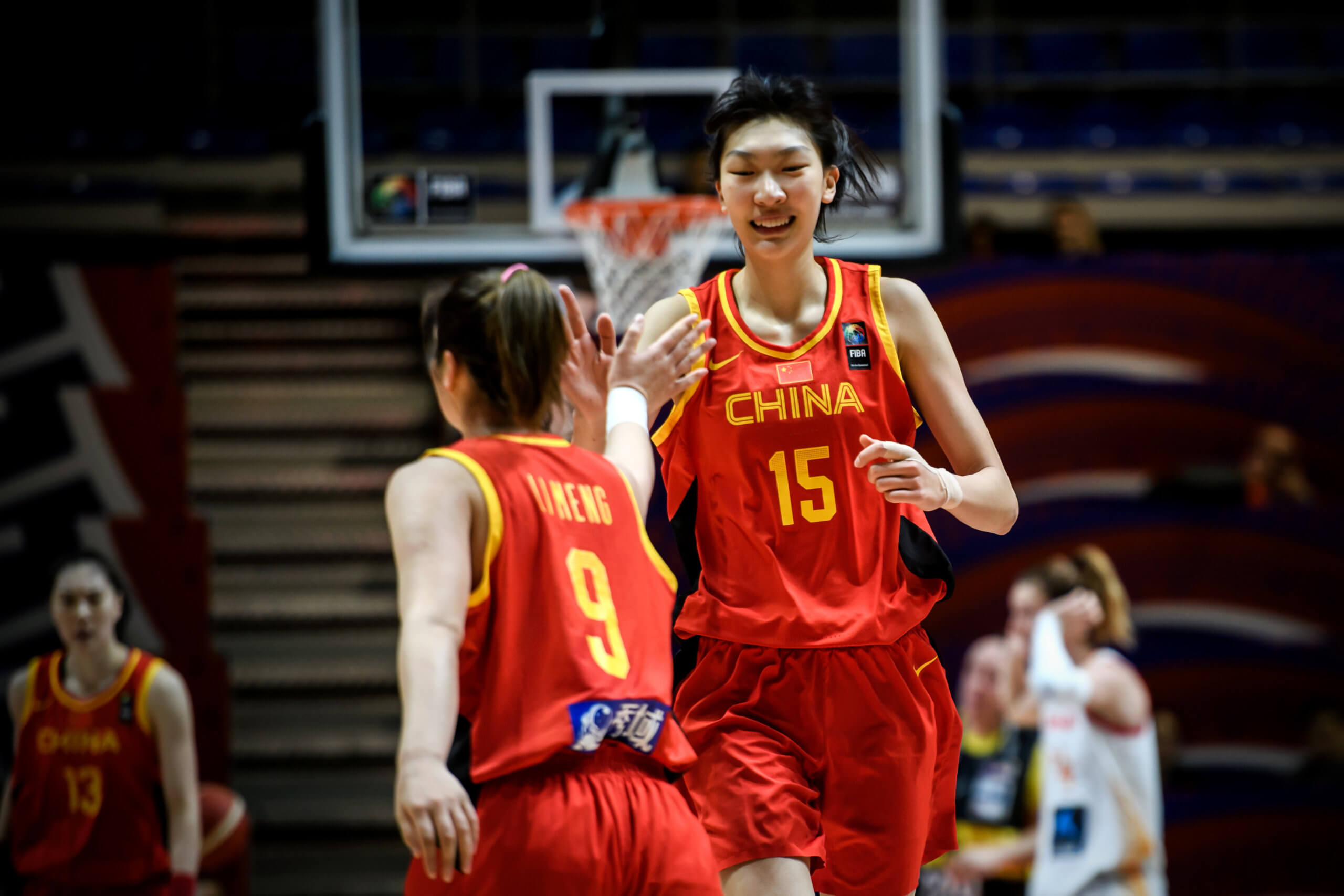While the number of Asian players involved in the NCAA, WNBA and indeed any level of women’s basketball outside of Asia itself is negligible in comparison to most other Continents, it doesn’t mean that the opportunity to turn the tide has passed.
Let’s get straight to the so-called ‘Elephant in the Room’ – it’s just easier to recruit from Europe, right? Maybe Australia, Canada [of course] and at times, even Africa. And in most Asian countries, the traditional aspiration [of those based elsewhere in the world] of wanting to attend Colleges to play sport is not at the top of many teenager’s bucket lists. Even if that list is strongly influenced by a fusion of culture and/or family persuasion.
Throw in the fact that the talent pool is on the shallow side, Asia has arguably become a neglected ‘blind spot’ for many of those whose job and indeed duty it is to understand women’s basketball and especially women’s youth basketball in every single corner of this planet.
Out of sight, out of mind. Right?
Wrong.
Asia has huge potential for the women’s game. Breaking down cultural barriers could prove to be a generational thing. It might not be next week, next month or next year, but with the right drivers, mind-set, infrastructure and marketing, women’s basketball could find some much needed flavor in Asia.
I accept it is far too ‘vanilla’ at times. Predictable. Korea are always second or third along with Japan, while China are always first – well most of the time. Chinese Taipei are fourth in line – almost without fail. Everyone else is just miles and miles behind.
But the status quo could be broken with the right vision for Asia. Maybe not the dominance of China for obvious reasons related to population and resources, but emerging nations could get stronger and the most interesting aspect is that Asia could produce better quality players.
Can countries in Asia develop better women’s prospects and more of them? With the right people, with the right vision in situ? Then yes, absolutely.
Progressive smaller nations in the region such as Malaysia or Singapore could turn the talent tap on for Asia outside of China and Japan. That would be particularly interesting, because if they did produce players worthy of scouting and investing in, would Asia stop becoming a ‘blind spot’ for a lot of people?

It’s true that Asian talent has been hit or miss over the last few FIBA cycles at U17 and U19 levels. The likes of Thailand, Chinese Taipei and Japan come to mind when those countries had a handful of USA college-level talent, but it was always too late to smoothly recruit them.
There has also been the reality that a lot of these Asian-based players do not have the academic time lines and class loads that would enable them to go and play anyway at College anyway. This is something which expands into the interesting potential talent pool of players playing the sport across global international schools, where expats compete and play with and against local basketball players. These expats and locals from the Asia regions are very academically driven and could use their basketball as future leverage to seek Ivy or even Patriot level admittance.
Despite hurdles and limitations, you should still be watching Asia during the interim. You need to know who these players are that will be going up against your favorite Europeans, Canadians, Australian’s and of course USA at the next U19 and U17 World Championships.
On another vibe, when it comes to China, it is noticeable that young players [who are 15,16 and 17-years old] talk about making it to the WNBA – basically coming Stateside. Easier said than done, but it is being said. I heard it from the mouths of players in Zaragoza at this year’s FIBA youth event.
It’s also kind of ironic that at a time when Candace Parker and Breanna Stewart have been plying their trade on Chinese soil, that I might be trying to open more eyes as to what is in Asia and could eventually be exported. [More on some of the current crop of rising Asian stars another time.]
https://www.instagram.com/p/BNwE1ESlGcG/?taken-by=bre_stewart30
China always has been something of an impenetrable market and the Chinese themselves are the ones funding some teams to keep their younger players home. The pro-teams and Federation can encourage them not to go to the USA. The ‘bigs’ in particular are destined to stay in their homelands, which is mirrored in big nations such as Russia. Xu Han and Maria Vadeeva are two of the best bigs around but as they are Chinese and Russian, they will never see time in the States unless they get WNBA court time later in their careers.
But that does not mean the door is closed forever – even in China. The global game is changing and while it might not seem like it right now, there is no bigger market waiting to explode than in Asia. The future development of opportunities and competitions in this region against USA and Euro teams (National or Select) have huge potential not just from a talent standpoint, but from a consumer of basketball (watching and participation) which both the NBA and FIBA both want.
So, while Asia doesn’t tick that many boxes when it comes to rising stars and availability, it doesn’t mean that for a handful of emerging talents, they don’t tick the only box that truly matters. The one which is above the word ‘talent’. One that makes it worthwhile looking to see how barriers can be torn down.
Asia has definitely got game and, in the next 10 years or so, it could have some serious game.
Don’t forget it this – or you could be chasing the talent down, rather than welcoming it into your arms.
Paul Nilsen lives and breathes women’s hoops. He’s is a freelance writer working for the sport’s world governing body FIBA where he pens a weekly ‘Women’s Basketball Worldwide Column’ - as well as providing daily content on major club competitions, international tournaments and the women’s youth game. He has an extensive network of contacts across the globe, including an array of elite play-callers and players. Also a qualified coach and referee, he is a big supporter of Blue Star Media and joined as a blogger during the fall of 2016.




